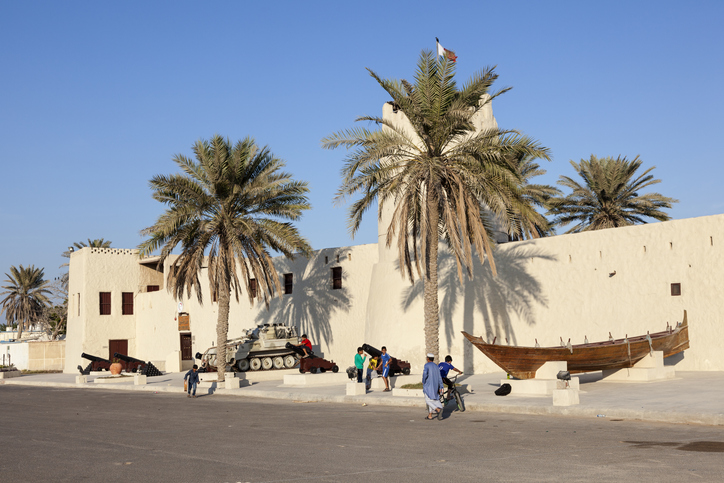For our last edition of the souqs in UAE, check out the colorful marketplaces of Ajman, Umm Al Quwain, and Ras Al Khaimah.
RAS AL KHAIMAH
End your souq-hopping journey here at Ras Al Khaimah, the fourth largest emirate. Rest assured, you won’t be disappointed.
Nakheel Old Souq: Just like the emirate of Ras Al Khaimah, the traditional Nakheel Old Souq has witnessed momentous changes over the years. Since its establishment in the late 1970s, tourists and residents alike have thronged the souq, located in the Al Nakheel area. The stores in this souq offer everything from vegetable and fruit supplies to textiles and electronics. While browsing the stalls, you might also find some interesting artefacts that contain the essence of the country.
AJMAN

This emirate is known for its boundless hospitality. Guests are warmly welcomed and generosity is a part of everyday life. And there’s no better place to experience this city’s welcoming nature than visiting its traditional marketplace.
Saleh Souq: Regarded as one of the best souqs in the region, Saleh Souq has all the elements of an exotic Arabian market. Recently expanded and renovated, it’s a charming blend of the past and the present. Here, you can soak up the local flavour by wandering amongst a labyrinth of stalls and shopping for souvenirs, local artefacts, and pashmina items.
UMM AL QUWAIN

The second smallest emirate has much to offer in terms of preserving the cultural essence of the UAE.
Al Souq or Market Village: Located in the oldest neighbourhood of Umm Al Quwain, Al Souq is a place where time seems to have stood still. It faces an old harbour, which has a dhow-making yard and fishing boats with a pile of nets. There are a collection of houses that have been turned into kiosks in this souq as well. It’s hard to miss its traditional architecture such as wind towers and intricately designed draft windows in the shapes of stars and celestial objects. Most of the buildings in this area are reportedly around 150 years old. Meanwhile, there exists the well-maintained Umm Al Quwain museum, housed inside a fort that was built in 1768, and was once the abode of the city’s ruling family



